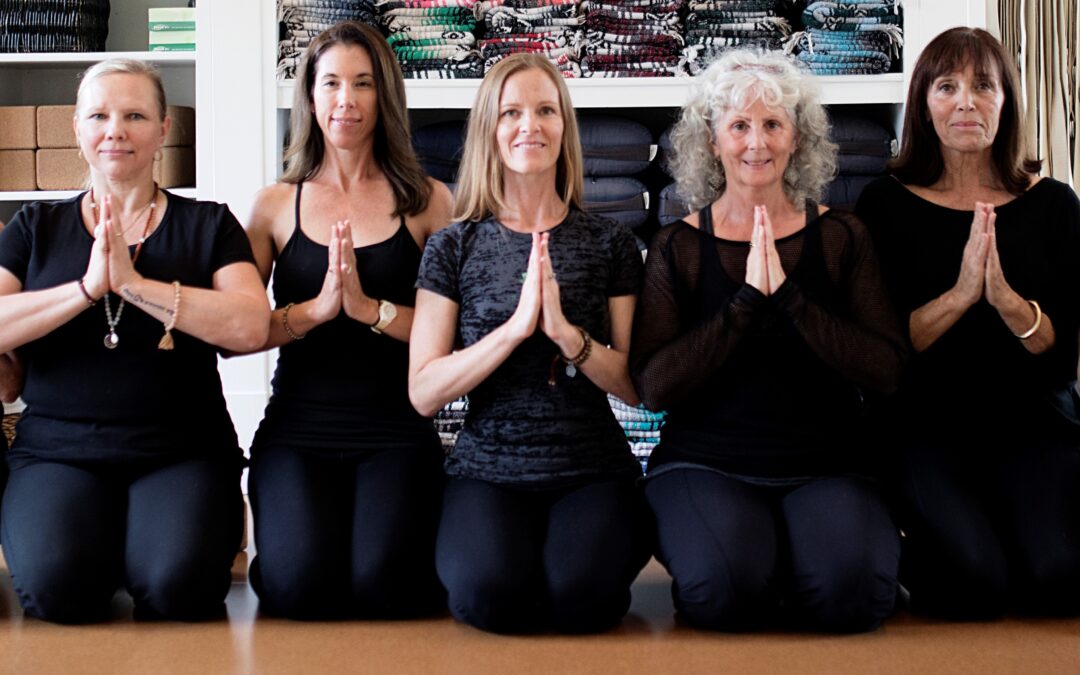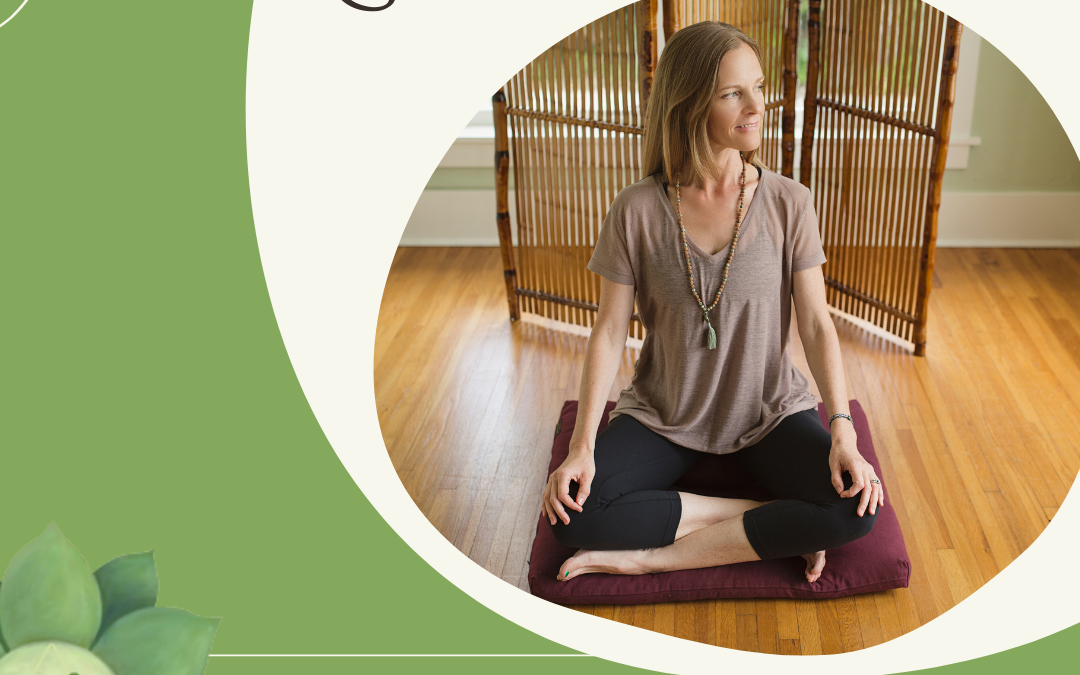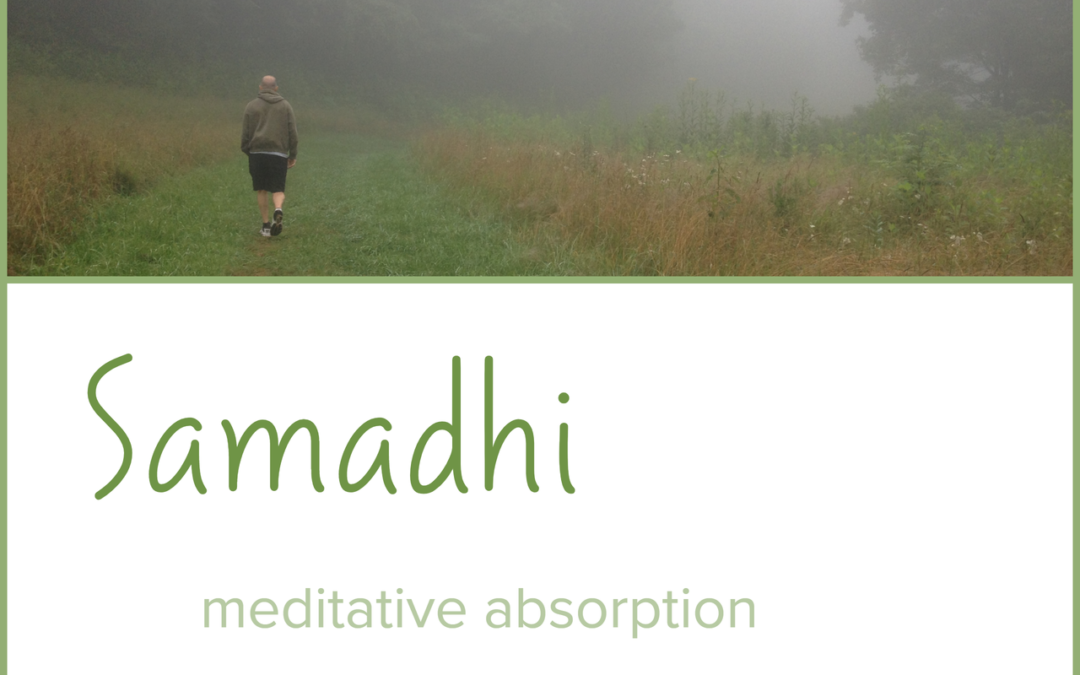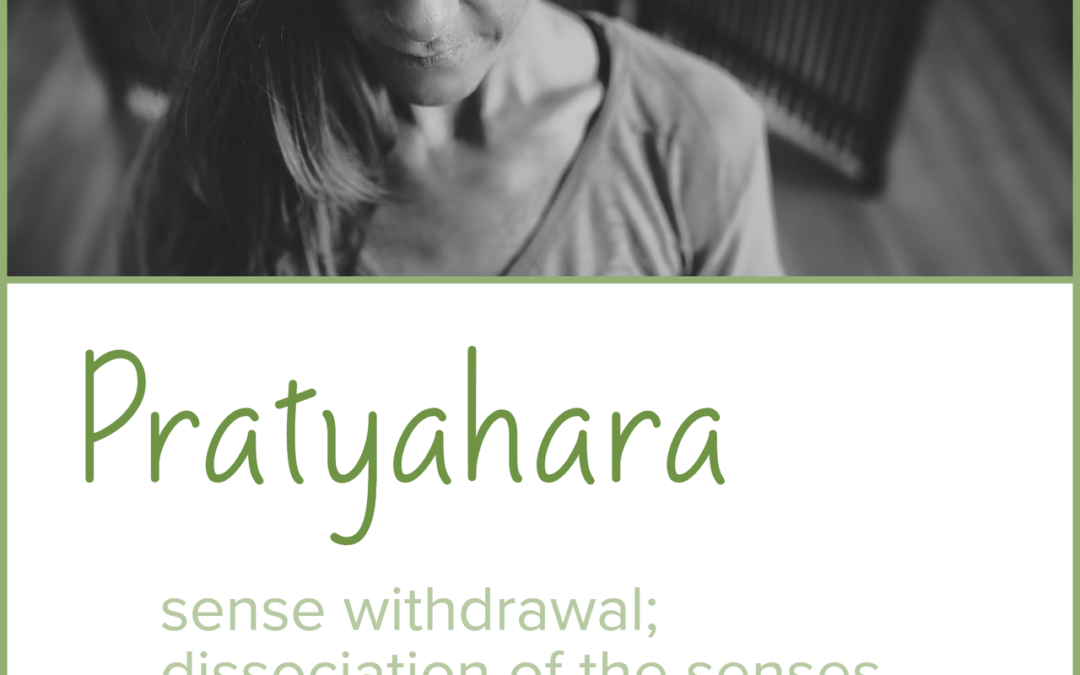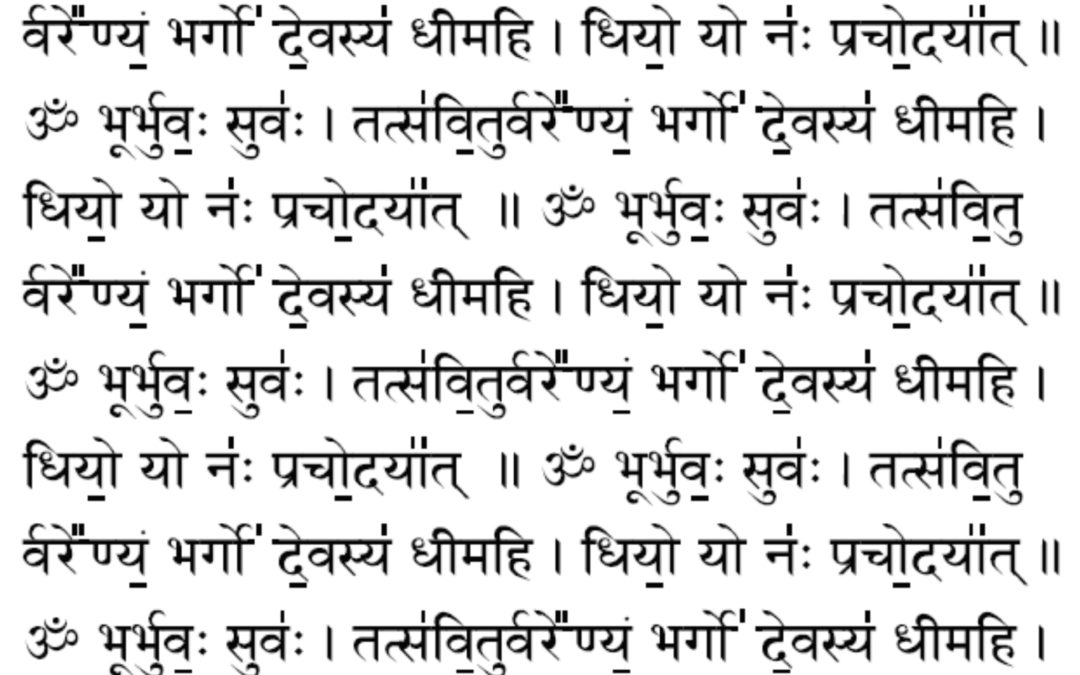Virasana, or the Hero’s Pose, is a commonly used sitting or meditation posture. Those that have difficulty taking a cross-legged position often find the pose to be more accessible and comfortable. Vira, the root word for virasana, translates to hero. You may wonder how a simple and humble kneeling position came to be known as such… Practice videos included here!!
